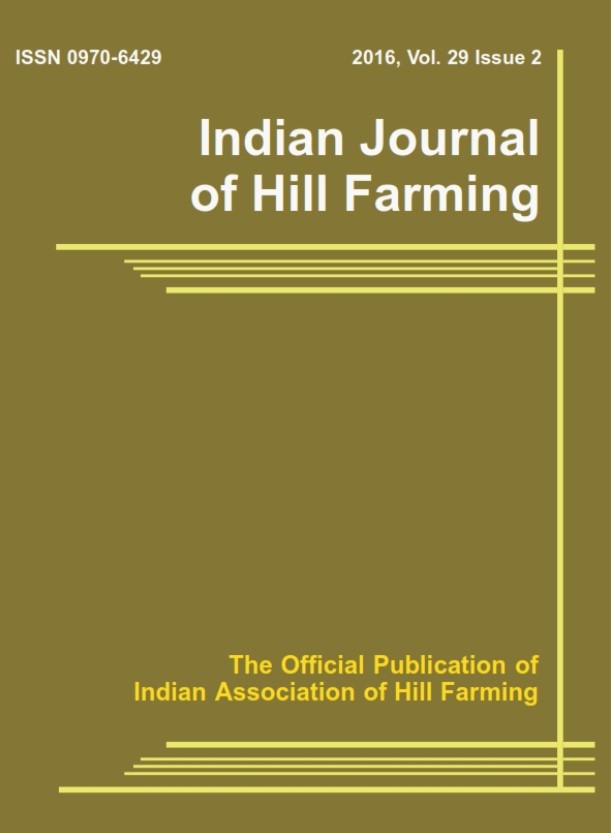Application of Atomic Force Microscopy in Food Sciences and Detection of Food Toxin
DOI:
https://doi.org/10.56678/Keywords:
Atomic force microscopy, principle, application, morphology, nanoemulsionsAbstract
In recent years, atomic force microscopy (AFM) has shown to be a versatile tool for determining surface morphology, interaction forces and roughness measurement. The AFM technique is a 3D topographical modality with a high atomic resolution, especially in the vertical orientation. AFM is a type of scanning probe microscope that uses a near-field technique that involves a sharp tip interacting with the atoms on the sample surface. This adaptable method can be used to get high resolution sample images and examine local interactions in air or liquid environments. Qualitative macromolecule, quantitative structure analysis and polymer imaging, molecular interaction, surface topography, and Nano food characterization are all examples of AFM applications in food science and technology research. The current challenge in applying AFM to food research is a lack of adequate methods for various food systems. A better grasp of AFM technology and the development of related methodology for complex food systems would lead to a deeper understanding of food qualities at the macromolecular level and expand their applicability.Downloads
Published
2023-03-31
Issue
Section
Articles
License
Copyright (c) 2023 Suhani Sajad, Monika Sood, Jagmohan Singh, Anju Bhat, Julie D Bandral, Neeraj Gupta (Author)

This work is licensed under a Creative Commons Attribution-NonCommercial-NoDerivatives 4.0 International License.
How to Cite
Application of Atomic Force Microscopy in Food Sciences and Detection of Food Toxin . (2023). Indian Journal of Hill Farming, 36(01), 94-91. https://doi.org/10.56678/




